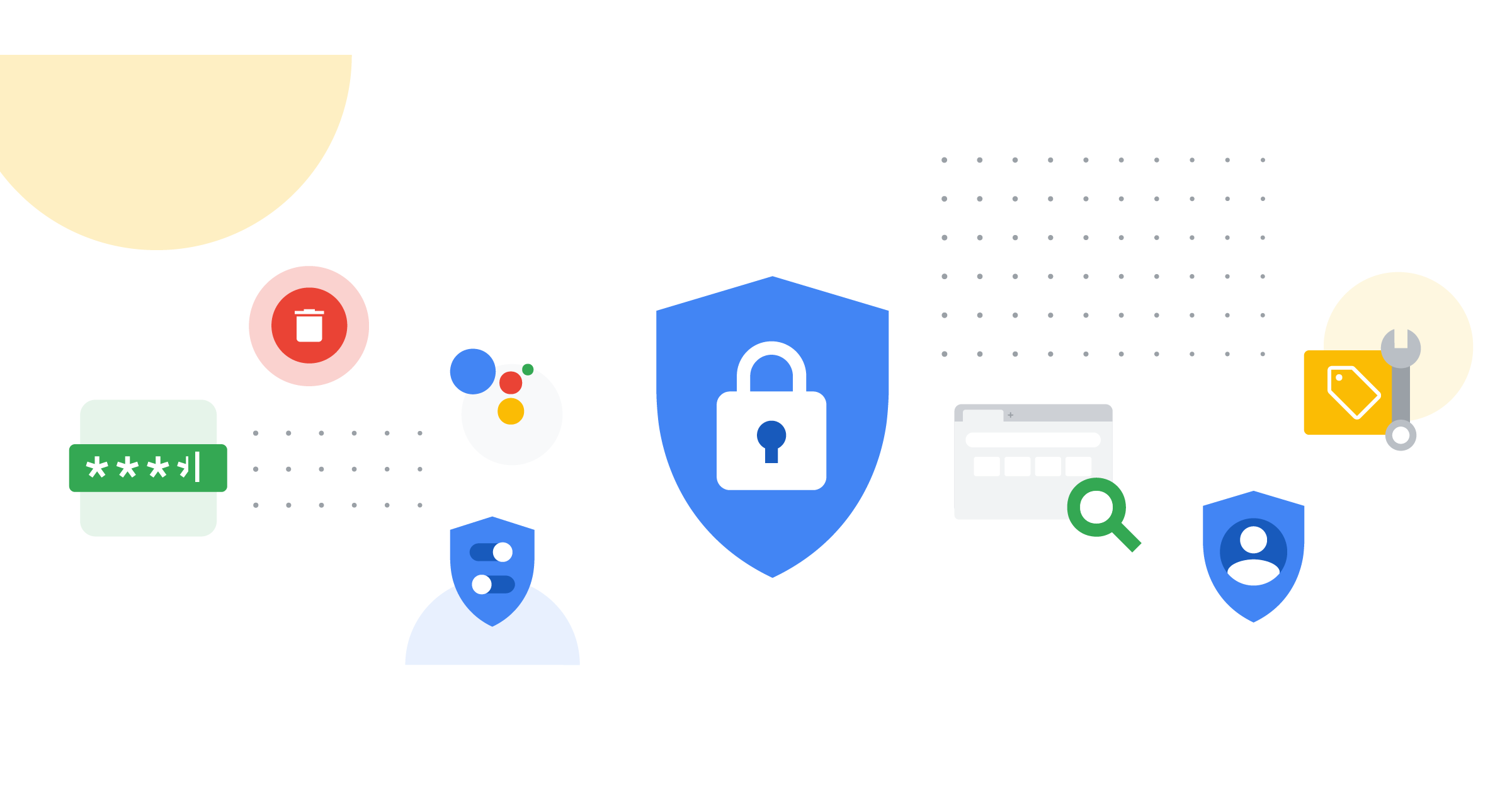Google Rolls Out SAIF Framework to Make AI Models Safer
Google, a pioneer in technological innovation, has introduced the Secure AI Framework (SAIF) to address the critical need for data security standards in the realm of artificial intelligence. With AI’s vast potential, especially generative AI, it is imperative to establish industry-wide guidelines for responsibly building & deploying AI systems. SAIF draws inspiration from established security best practices & combines them with Google’s expertise in AI and understanding of evolving risks. This article explores the significance of SAIF and its core elements in ensuring secure AI advancements.
Also Read: China’s Proposed AI Regulations Shake the Industry

Building Trust in AI: The Need for Security Standards
As AI continues to revolutionize various industries, the importance of implementing robust security measures cannot be overstated. SAIF aims to provide a comprehensive conceptual framework that addresses the unique safety challenges associated with AI systems. By establishing industry security standards, SAIF ensures that AI models are secure by default, fostering user trust and promoting responsible AI innovation.
Also Read: AI Is Stealing Your Data – Say Experts
Lessons from Cybersecurity: Applying Best Practices to AI
Google’s commitment to open collaboration in cybersecurity has laid the foundation for SAIF’s development. Leveraging its extensive experience in reviewing, testing, and controlling the software supply chain, Google has incorporated security best practices into SAIF. This fusion of established cybersecurity methodologies with AI-specific considerations equips organizations to protect AI systems effectively.

Core Elements of SAIF: A Comprehensive Approach
SAIF comprises six core elements that collectively reinforce the security posture of AI systems and mitigate potential risks. Let’s delve into each element:
- Expand strong security foundations to the AI ecosystem: Google leverages its secure-by-default infrastructure to protect AI systems, applications, and users. Organizations can stay ahead of potential vulnerabilities by continuously adapting infrastructure protections to evolving threat models.
- Extend detection and response to AI-related threats: Timely detection and response to cyber incidents are critical in safeguarding AI systems. Integrating threat intelligence capabilities into an organization’s security framework enhances monitoring, enabling early anomaly detection and proactive defense against AI-related attacks.
- Automate defenses to counter emerging threats: AI innovations can enhance the scale and speed of response efforts against security incidents. Employing AI itself to bolster defense mechanisms allows organizations to efficiently protect against adversaries who may exploit AI for malicious purposes.
- Harmonize platform-level controls for consistent security: Consistency in security controls across different platforms and tools ensures uniform protection against AI risks. Organizations can scale up their AI risk mitigation efforts by leveraging a harmonized approach to security controls.
- Adapt controls to enable faster feedback loops: Constant testing and learning are vital in adapting AI systems to the evolving threat landscape. Organizations should incorporate feedback loops that enable continuous refinement, such as reinforcement learning based on incidents and user feedback, fine-tuning models, and embedding security measures in the software used for model development.
- Contextualize AI system risks in business processes: Conducting comprehensive risk assessments considering the entire AI deployment process is crucial. Organizations should evaluate factors like data lineage, validation processes, operational behavior monitoring, and automated checks to ensure AI performance meets security standards.
Collaboration and Advancement in AI Security
Google recognizes the importance of collaboration in shaping a secure AI landscape. The company aims to foster industry support for SAIF through partnerships and engagement with key stakeholders. Moreover, Google actively collaborates with customers, governments, and practitioners to facilitate a deeper understanding of AI security risks and effective mitigation strategies.
Also Read: U.S. Congress Takes Action: Two New Bills Propose Regulation on Artificial Intelligence

Sharing Insights and Delivering Secure AI Offerings
As a testament to their commitment to AI security, Google shares valuable insights from their leading threat intelligence teams. It also expands bug hunter programs to incentivize AI safety and security research. Google actively collaborates with partners to deliver secure AI offerings. Moreover, it plans to release open-source tools that enable organizations to implement SAIF effectively.
Our Say
Google’s Secure AI Framework represents a significant step toward establishing comprehensive security standards for AI systems. With SAIF’s core elements, organizations can proactively address AI-related risks, protect user data, & ensure the responsible deployment of AI technologies. By fostering collaboration and sharing insights, Google aims to drive industry-wide adoption of SAIF and create a secure AI ecosystem that benefits society as a whole.








